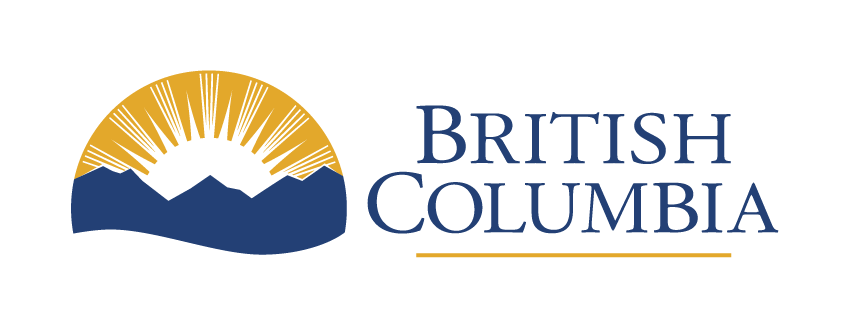Economic Recovery Guide for Businesses
Use this guide to help your business recover from disaster events. This guide can be used from start to finish by following each step, or you can refer to a specific section that is most relevant to your business situation.
In this guide
- Introduction
- Step 1: Ensure safety and stabilize operations
- Step 2: Contact your insurance provider
- Step 3: Check for Disaster Financial Assistance
- Step 4: Assess local and provincial support services
- Step 5: Plan for reopening and long-term recovery
- Need help
Tip: Bookmark this webpage and access the guide online. Updates are ongoing.
Tip To print this version of the guide, select Ctrl+P or Command+P, choose save to PDF, or print on paper.
Introduction
The economic recovery guide supports businesses in strengthening their recovery from economic disruption. It complements broader emergency preparedness efforts and is tailored for use in small to mid-sized businesses.
This guide helps businesses prepare for, adapt to, and reduce the impacts of economic disruptions by:
- Offering practical steps and proactive approaches to build economic resilience
- Identifying key roles, responsibilities, and coordination strategies
- Connecting users with tools, service providers, and planning resources
- Encouraging integration of economic preparedness into broader community planning
Step 1: Ensure safety and stabilize operations
Before beginning recovery, make sure your people and property are safe. Stabilizing your operations early helps prevent further damage and sets the stage for a smoother recovery.
- Confirm staff and customer safety
- Follow emergency orders and secure your premises if safe
- Document damage with photos and notes
- Evaluate physical damage, lost inventory, and revenue loss
- Use this information to guide your recovery plan
- Keep staff informed and supported
- Update customers and partners on your status
- Use your website, social media, and signage to share updates
Step 2: Contact your insurance provider
Insurance is your first and most reliable source of financial recovery. Start the claims process immediately and gather the documentation you’ll need.
- Notify your insurer and begin your claim
- Ask about your existing coverage for business interruption, equipment, and cleanup
- Keep records of all communications and expenses
If you have questions about your insurance coverage or need help navigating the claims process, you can contact the Insurance Bureau of Canada (IBC). Their consumer information centre is staffed by experienced professionals who can provide guidance and connect you with the right resources.
- Call: 1-844-227-5422
- Website: www.ibc.ca
Step 3: Check for Disaster Financial Assistance
After a disaster, the Province may declare the event eligible for Disaster Financial Assistance (DFA). Once declared, the program may provide applicants with assistance to restore uninsurable losses that are essential. For example, private sector damage caused by insurable events like wildfires or wind storms are not eligible. It is also only available if the Province declares that a specific event is eligible. Check if your area qualifies and apply only if insurance is not an option.
- Visit the DFA website
- Apply promptly if eligible
Important Note
Disaster Financial Assistance (DFA) is only available when declared and is not a substitute for insurance. Businesses should not rely on DFA as their primary recovery strategy.
Learn more about Disaster Financial Assistance.
Step 4: Assess local and provincial support services
You don’t have to recover alone. Tap into local and provincial resources designed to help businesses get back on their feet.
- Contact your chamber of commerce, Community Futures, or economic development officer
- Explore recovery loans, grants, and technical assistance
- Review the supports for economic recovery following disaster
Step 5: Plan for reopening and long-term recovery
Recovery is more than reopening; it’s about rebuilding stronger. Use this opportunity to adapt and improve your resilience.
- Create a phased reopening plan
- Consider temporary relocation or modified operations
- Update your continuity plan and invest in mitigation
Need some help?
Contact us with questions or feedback. We're here to help!
Send an email to: EconomicRecovery@gov.bc.ca
